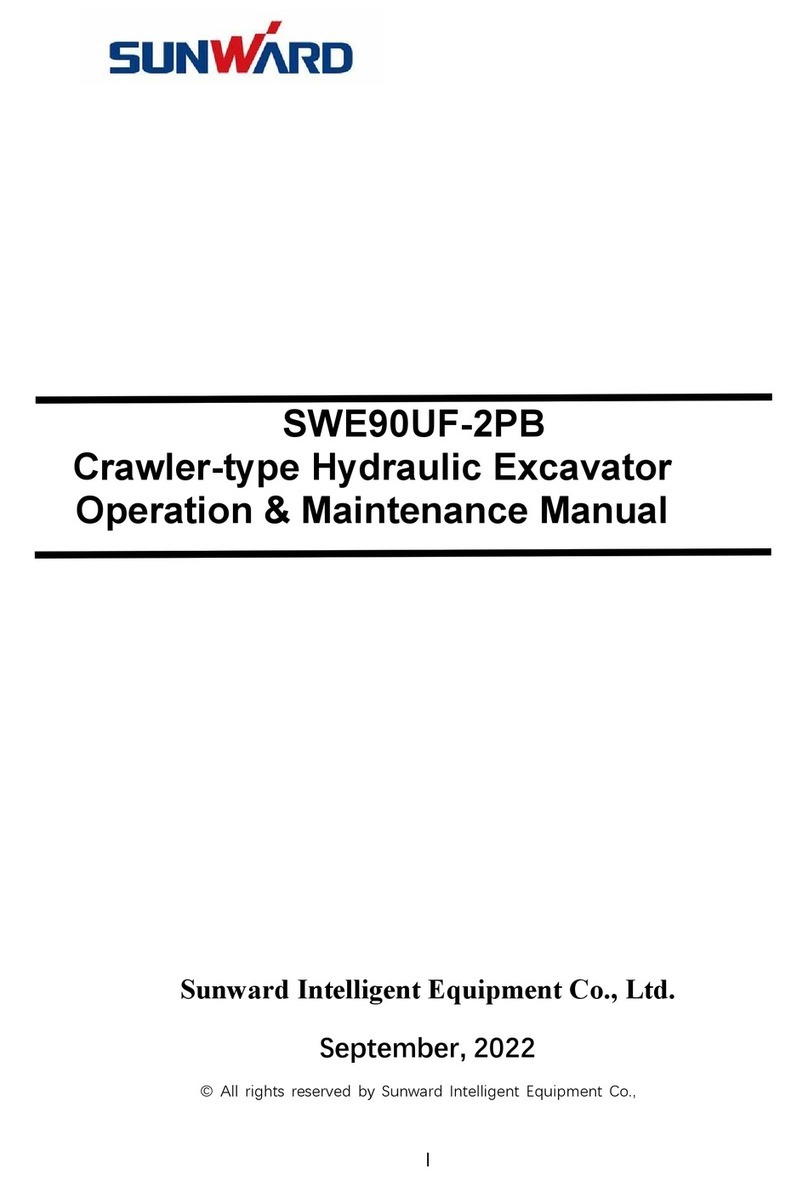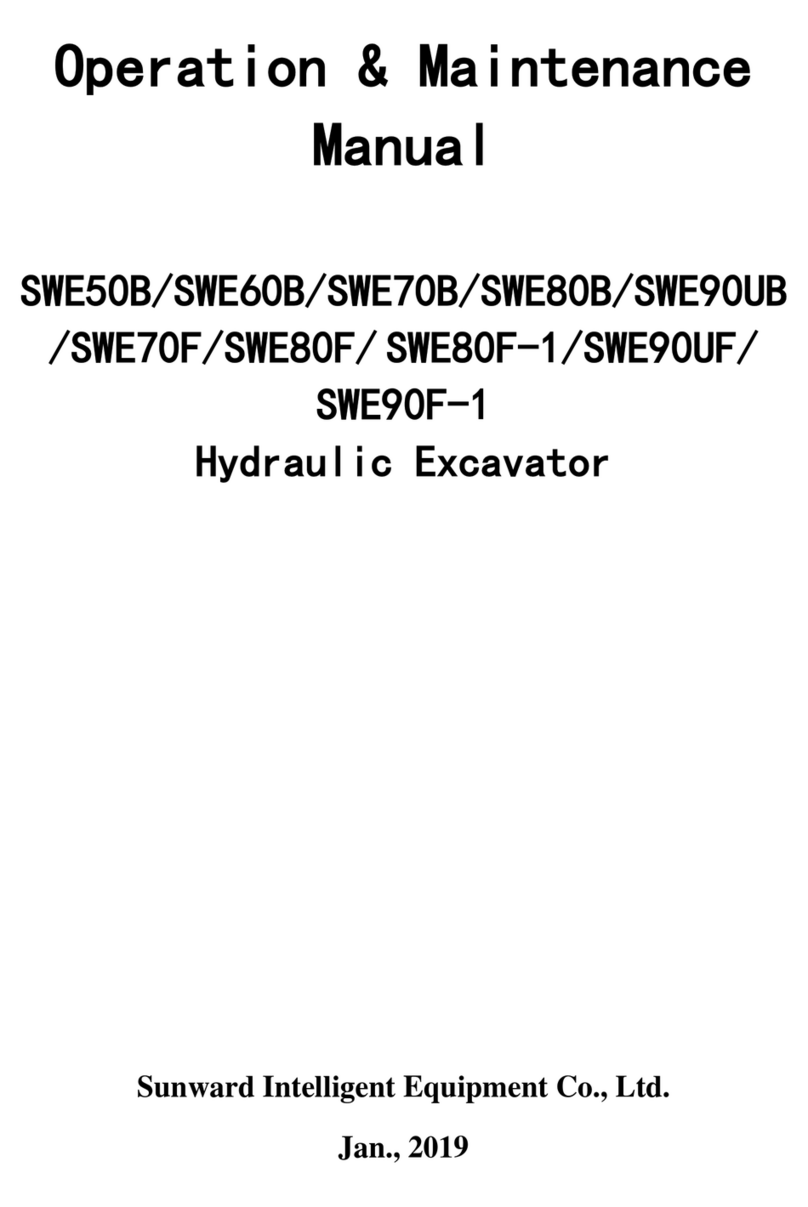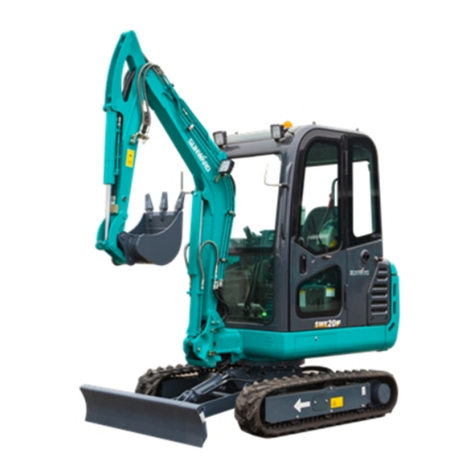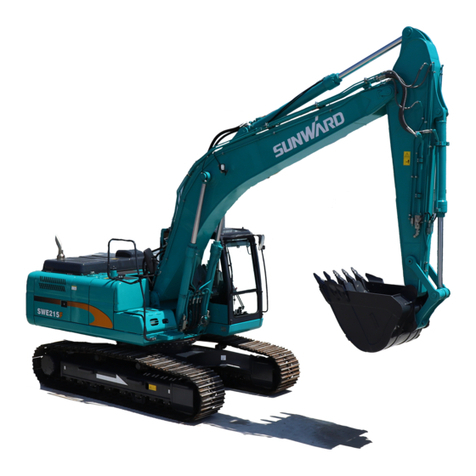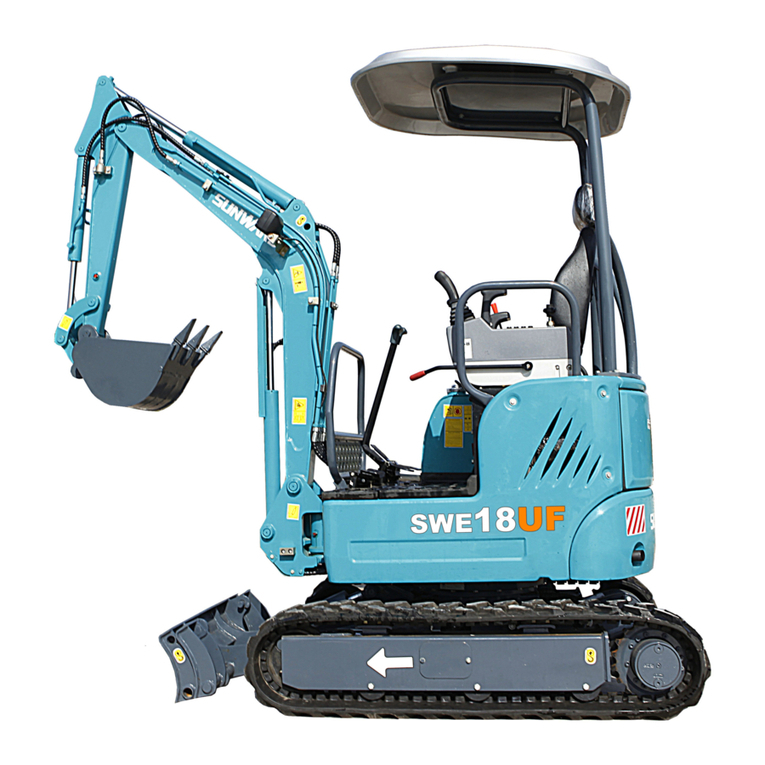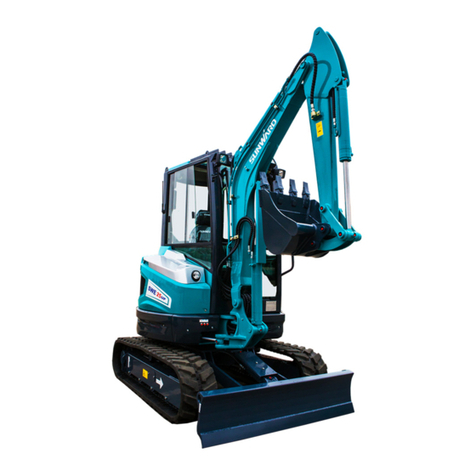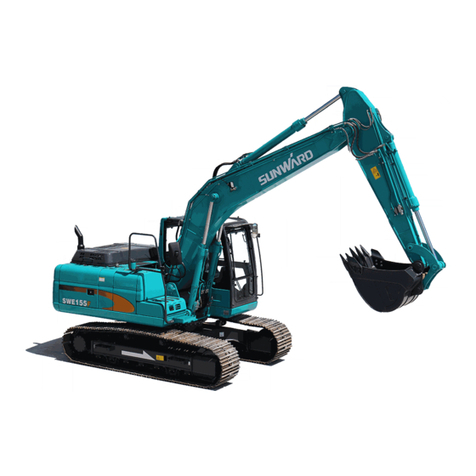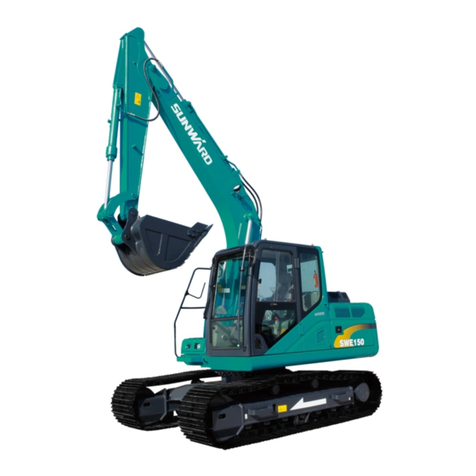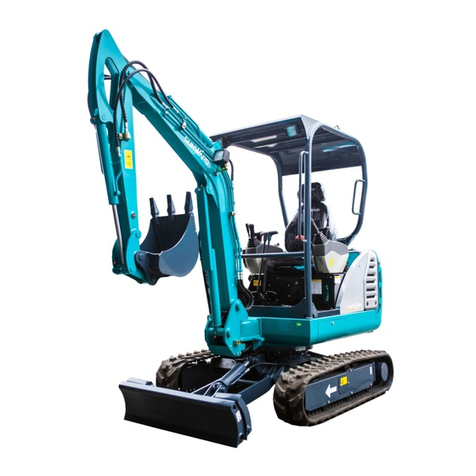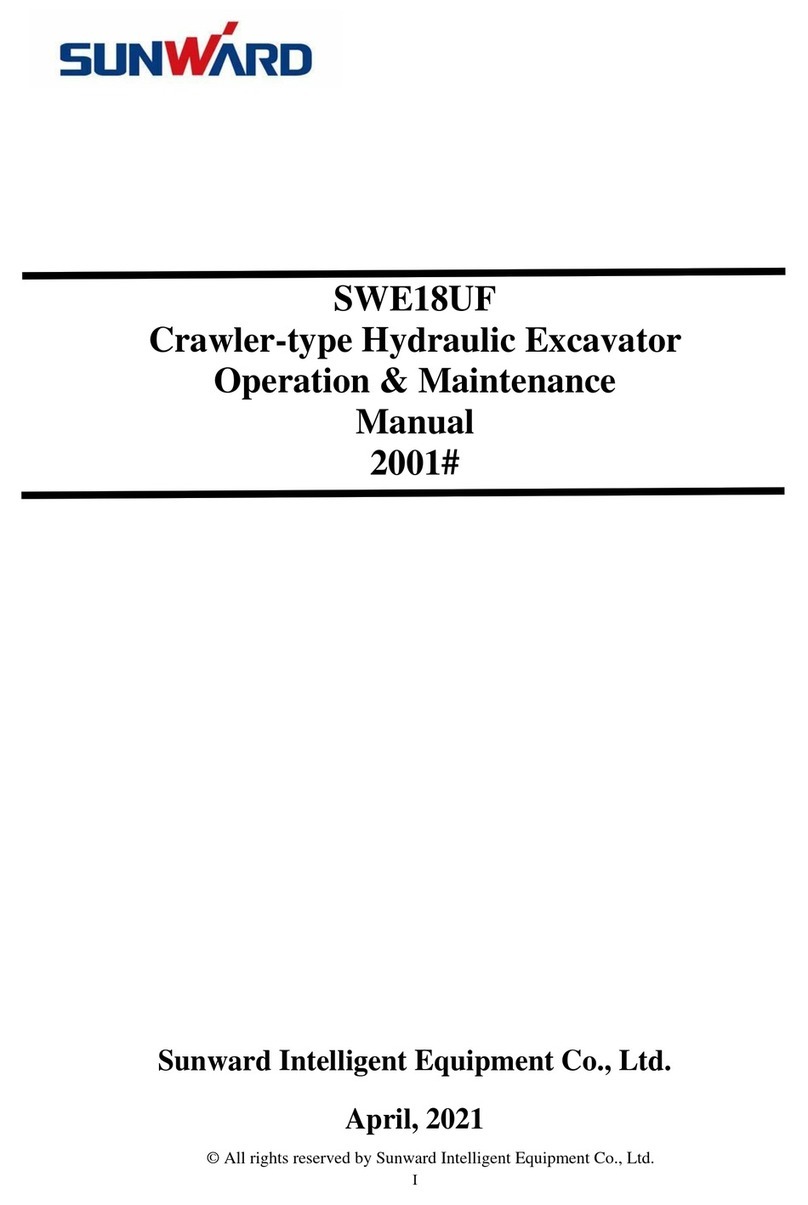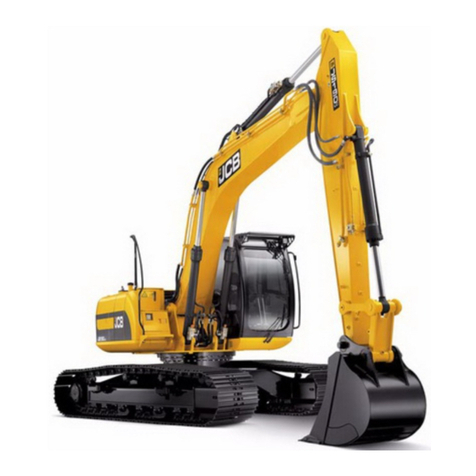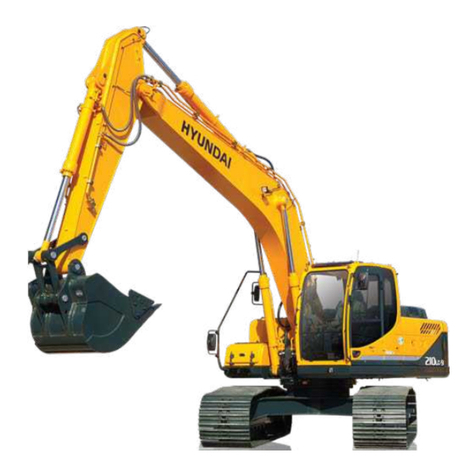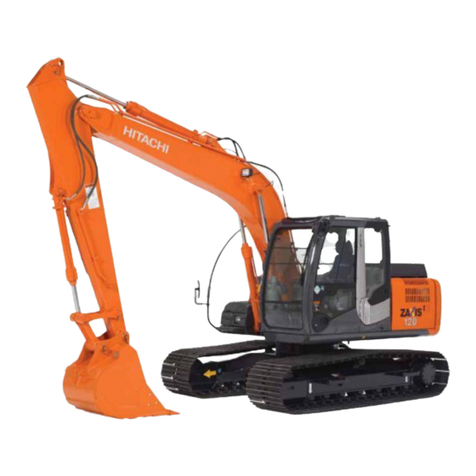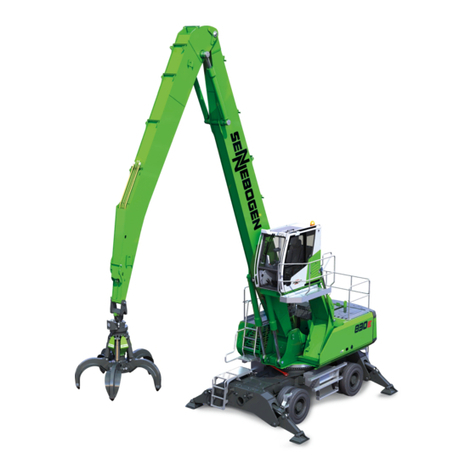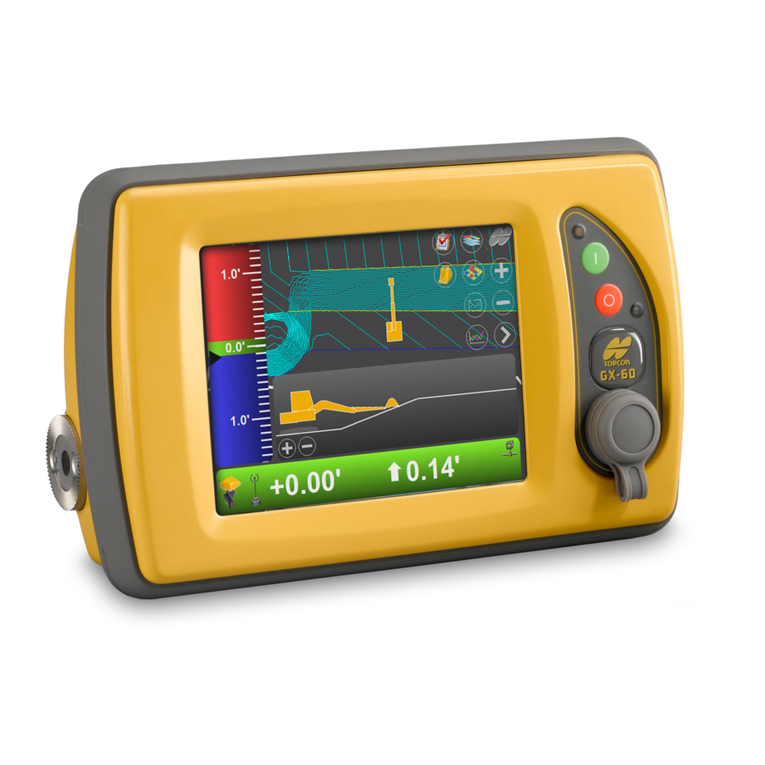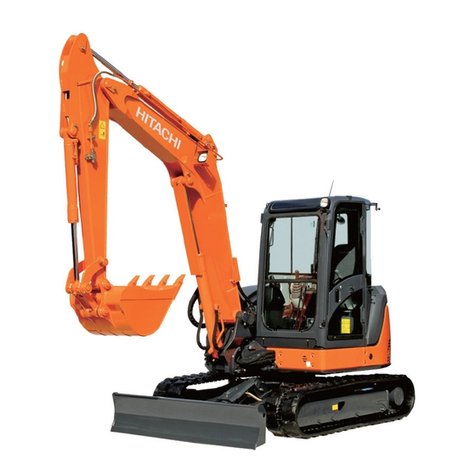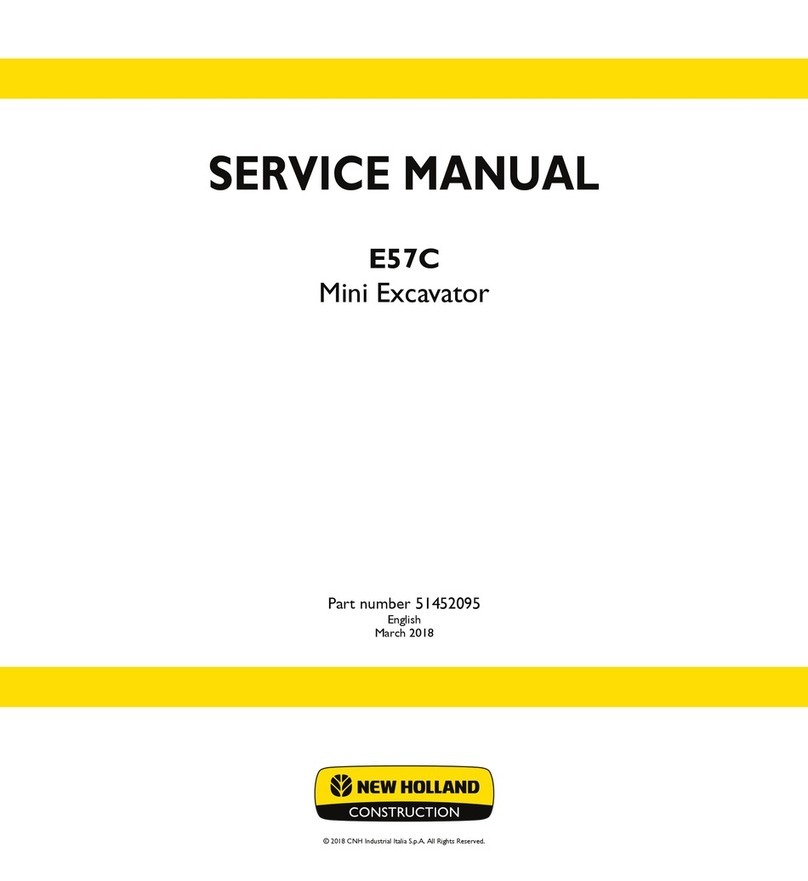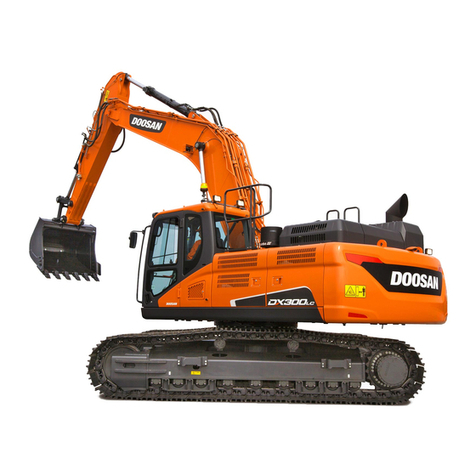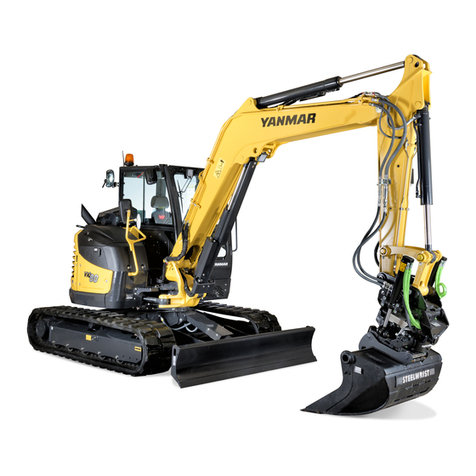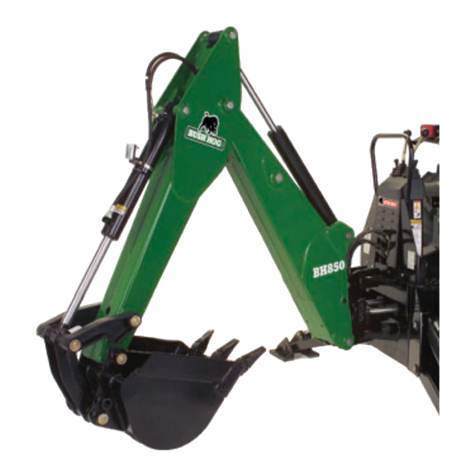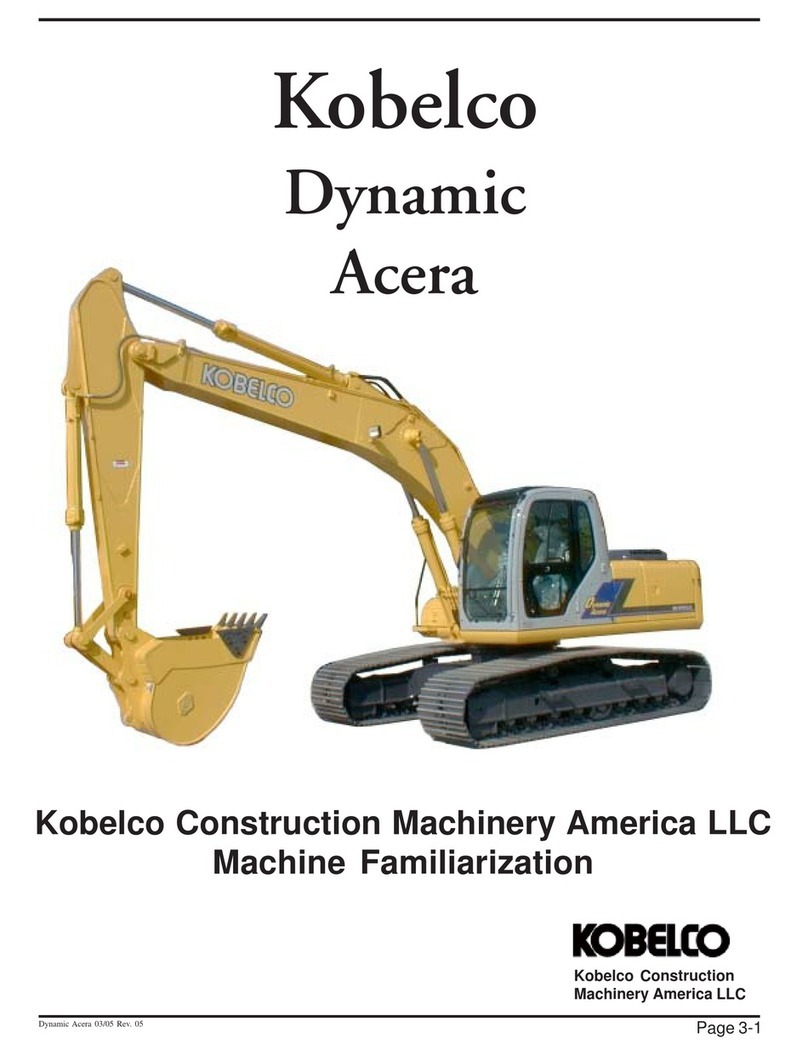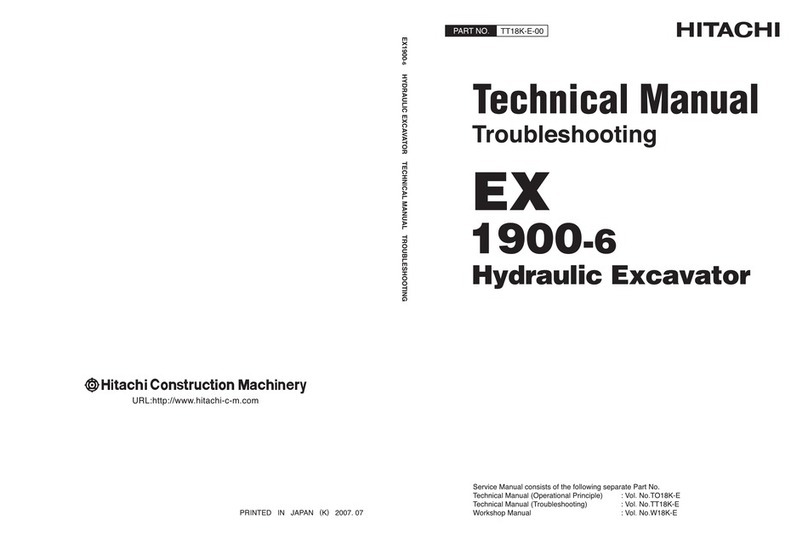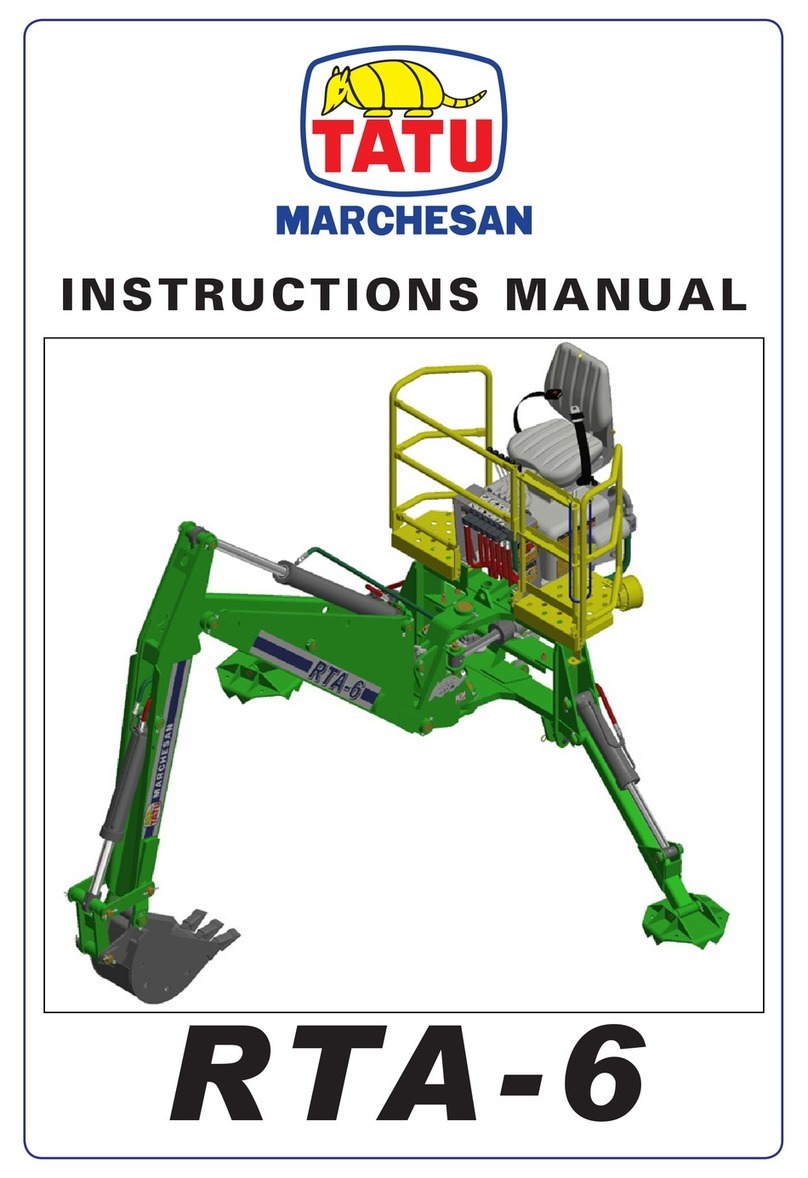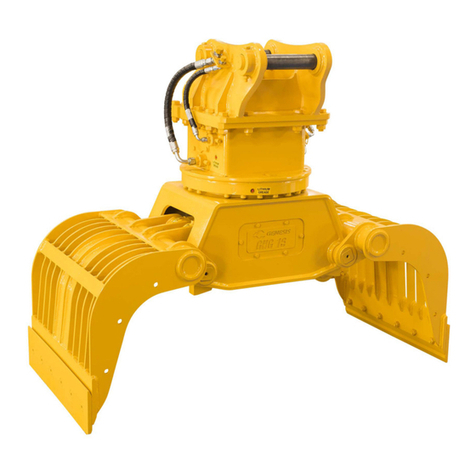
5.1.2 Checking Excavator Before Daily Starting....................................................................................... 64
5.1.3 Periodic Maintenance ....................................................................................................................... 64
5.1.4 Preparation for Maintenance............................................................................................................ 64
5.1.5 Using Fuel and Lubricant Correctly................................................................................................. 65
5.1.6 Checking Discharged Grease And Used Filter Core........................................................................ 65
5.1.7 Inspection After Maintenance ........................................................................................................... 65
5.1.8 Electrical System Maintenance ......................................................................................................... 65
5.1.9 Hydraulic System Maintenance......................................................................................................... 66
5.2 OIL, COOLANT AND FILTER............................................................................................................... 67
5.2.1 Lubricant and Hydraulic Oil............................................................................................................. 67
5.2.2 Fuel ................................................................................................................................................... 67
5.2.3 Coolant in Cooling System................................................................................................................ 68
5.2.4 Grease ............................................................................................................................................... 68
5.2.5 Oil and Fuel Storage......................................................................................................................... 68
5.2.6 Filter.................................................................................................................................................. 69
5.2.7 Fuel and Coolant Specification......................................................................................................... 70
5.3 TIGHTENING TORQUE SPECIFICATION .......................................................................................... 71
5.3.1 Tightening Torque Table for Bolts and Nuts..................................................................................... 71
5.3.2 Tightening Torque Table for Hoses................................................................................................... 72
5.4 ENGINE MAINTENANCE GUIDE........................................................................................................ 72
5.4.1 Adding Lubrication Grease............................................................................................................... 72
5.4.2 Engine Oil ......................................................................................................................................... 73
5.4.3 Gear Oil ............................................................................................................................................ 74
5.4.4 Hydraulic System............................................................................................................................... 75
5.4.5 Fuel System ....................................................................................................................................... 76
5.4.6 Air Filter............................................................................................................................................ 77
5.4.7 Cooling System.................................................................................................................................. 77
5.4.8 Air Conditioner Maintenance............................................................................................................ 78
5.4.9 DPF Regeneration............................................................................................................................. 79
5.4.10 Others.............................................................................................................................................. 82
5.4.11 Hose................................................................................................................................................. 83
5.4.12 Wearing Parts Table ....................................................................................................................... 84
5.4.13 Maintenance under Special Situation.............................................................................................. 85
5.4.14 Protective Measures for Long Time Storage................................................................................... 86
5.5 MACHINE MAINTENANCE SCHEDULE............................................................................................ 87
5.5.1 Daily Maintenance (Every 8 Hours) ................................................................................................. 87
5.5.2 Maintenance in Running-in Period (First 50 Hours)........................................................................ 90
5.5.3 If Maintenance is Needed.................................................................................................................. 94
5.5.4 Every 50 hours .................................................................................................................................. 98
5.5.5 Every 100 Hours................................................................................................................................ 99
5.5.6 Every 250 hours ................................................................................................................................ 99
5.5.7 Every 500 Hours Service................................................................................................................. 102
5.5.8 Every 1000 Hours Service............................................................................................................... 103
5.5.9 Every 2000 Hours Service............................................................................................................... 106
